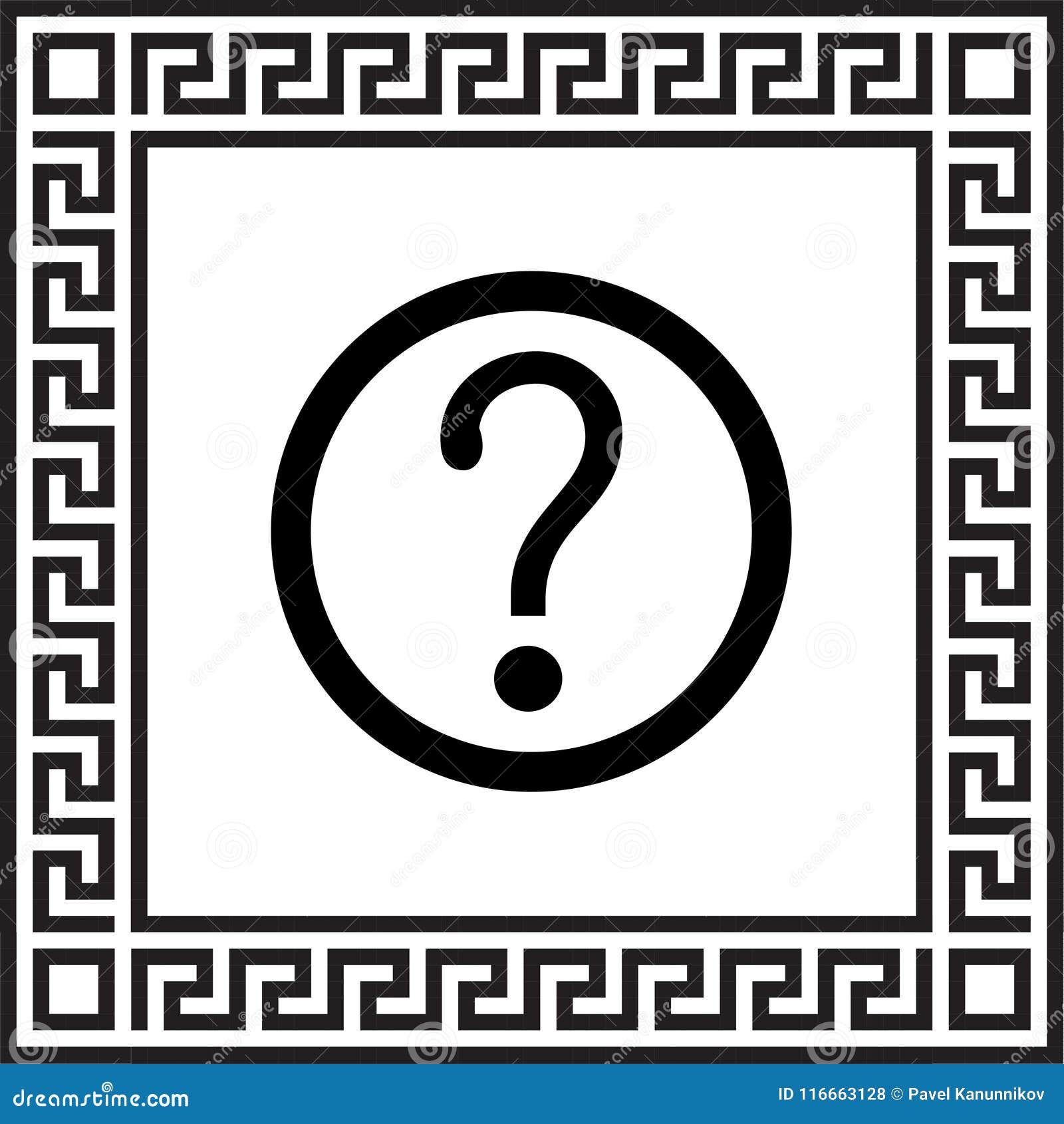

The cult of public speaking was a strong one, to the extent that all reading was done aloud: most scholars agree that the Greeks and Romans got round their lack of punctuation by murmuring aloud as they read through texts of all kinds.
dots, by the second century CE they had abandoned that too. It was up to the reader to pick their way through this unforgiving mass of letters to discover where each word or sentence ended and the next began.Īnd though the Romans had experimented for a while with separating For as long as anyone could remember, the Greeks had written their texts so that their letters ran together withnospacesorpunctuation and without any distinction between lowercase and capitals. He was chief of staff at the city’s famous library, home to hundreds of thousands of scrolls, which were all frustratingly time-consuming to read. In the 3rd Century BCE, in the Hellenic Egyptian city of Alexandria, a librarian named Aristophanes had had enough. We would be lost without them (or, at the very least, extremely confused), and yet the earliest readers and writers managed without it for thousands of years. The comma, colon, semicolon and their siblings are integral parts of writing, pointing out grammatical structures and helping us transform letters into spoken words or mental images. As readers and writers, we’re intimately familiar with the dots, strokes and dashes that punctuate the written word.




